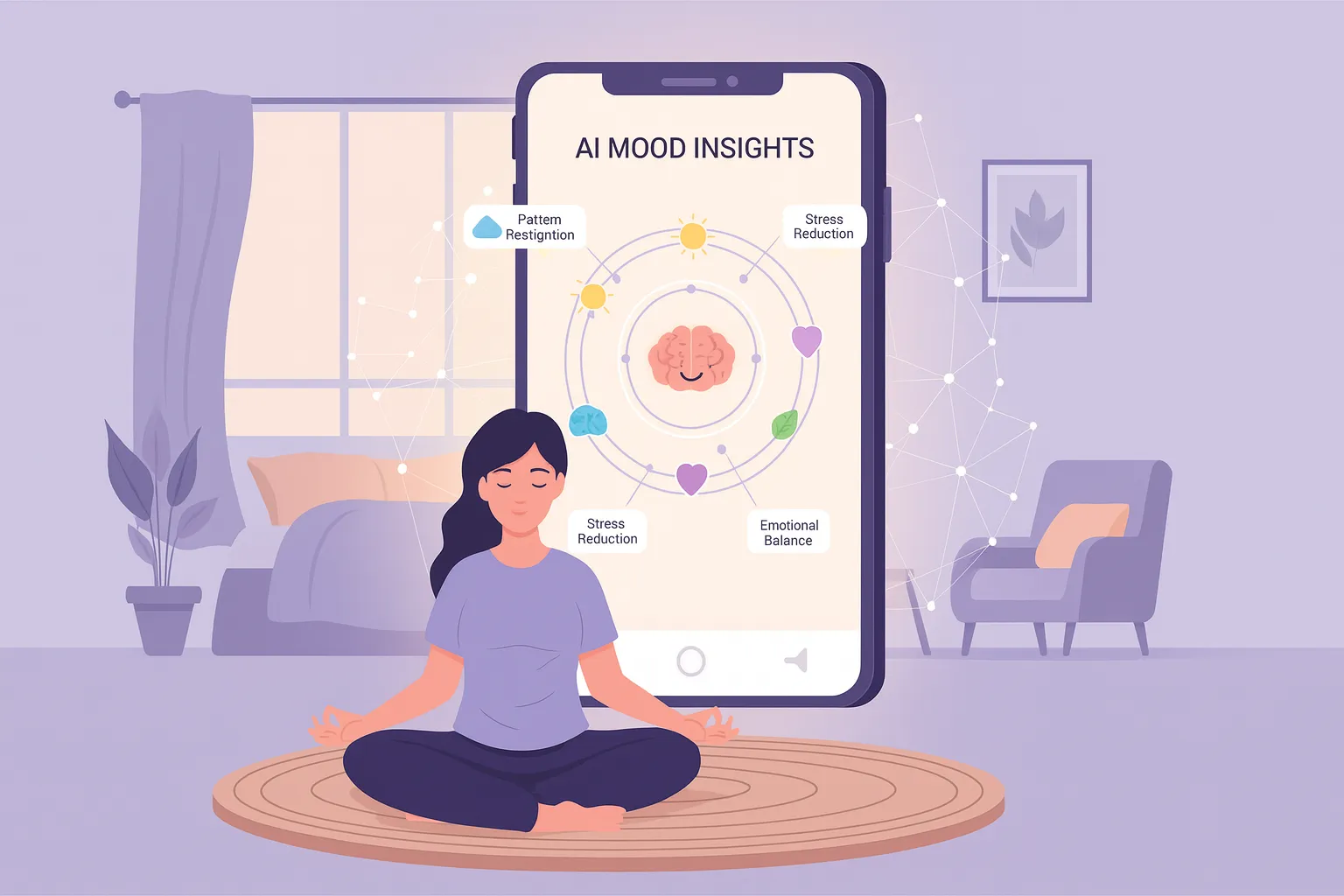Diabetes is a major global health issue, affecting over 537 million people in 2021, with numbers expected to rise significantly by 2050 (1,2). Managing diabetes demands continuous care, straining healthcare systems and increasing costs while often failing to provide adequate patient support.
Effective patient-provider communication is crucial, particularly for type 2 diabetes patients facing daily challenges and emotional distress (3). Clear guidance and sustained support are essential for proper self-care.
Treatment adherence is influenced by factors like depression, complex therapies, and limited healthcare access (4). Diabetes management extends beyond blood sugar control, requiring monitoring of complications like vision and kidney issues—especially in patients with multiple chronic conditions.
Traditional care models often prioritize disease over patient, relying on brief, fear-based consultations (e.g., “Uncontrolled diabetes may cause a stroke”). This leaves patients unsupported between visits, delaying critical adjustments (medication, referrals) and worsening outcomes.
Digital health tools address these gaps with continuous support and personalized education (4,5). Post-COVID-19, adoption has surged, with innovations like telemedicine, AI-driven glucose monitoring, and predictive analytics enabling proactive care. These tools enhance access, engagement, and coordination while reducing emergencies (4,5).
Digital self-management tools, such as apps and automated messaging, have been shown to improve medication adherence and encourage regular blood glucose monitoring (4). Remote interactions with healthcare teams benefit both patients and services by enabling actions like sharing photos of diabetic foot ulcers, sending continuous glucose data, requesting clarifications, renewing prescriptions, attending virtual visits, and accessing personalized care and community resources (4).
Studies show most diabetes patients welcome technology for care, including medication reminders, appointment scheduling, and text alerts (6), underscoring its potential in management.
Beyond patient benefits, well-designed digital solutions can help lighten healthcare providers’ workloads and support care quality. By streamlining tasks and enabling proactive management, these tools can ease some burdens, though they must be thoughtfully integrated to avoid adding new pressures.
To ensure these benefits are sustainable and reach those who need them most, digital solutions must also be cost-effective (5). Despite growing availability, challenges remain—such as limited internet access in some regions and lower digital literacy among older adults. Tailored training and support are essential to ensure equitable use.
Digital health tools are a valuable part of advancing diabetes care and should complement, not replace, traditional healthcare services (3). Leveraging technology effectively can engage patients, improve quality of life, and support healthcare professionals and systems in addressing this global epidemic.





